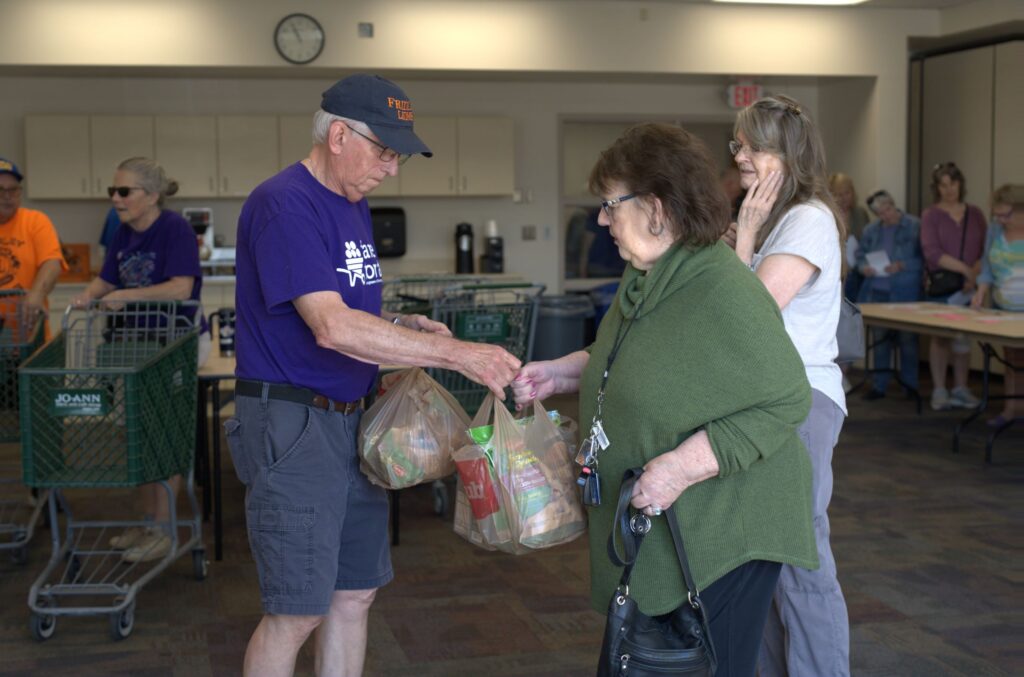
When Sharin’s house flooded this year, she found herself in a vulnerable spot. With a big family and rising grocery costs, Sharin had to get creative to keep food on the table. Like many Minnesotans facing hard times, Sharin turned to a local food shelf. She’s a regular visitor to Hope for the Community Food Shelf, a food shelf partner of The Food Group.
“My need for support has increased in the last year… I don’t know what I do without this food shelf. I utilize everything.”
-Sharin, Food Shelf Participant
Sharin’s story is unique, but many Minnesotans have experienced increased need for food support in the past two years. The Food Group reported in February that visits to food shelves increased 133% from 2020 to 2024, reaching a new record high of nearly 9 million visits last year.
Food Shelf Visits Likely to Remain High in 2025

The Food Group is tracking consistently high needs in 2025 as more Minnesotans struggle to put food on the table. Hunger is growing statewide, something Bernice Wimmer, Executive Director of Outreach Food Shelf, is witnessing firsthand in her rural Alexandria community. She’s seeing visitors who haven’t needed support since 2019 returning in 2025 for the first time.
“We’re seeing about a 20 percent increase in people coming, which is a lot.”
-Bernice Wimmer, Executive Director of Outreach Food Shelf
Outreach is a grantee of the Minnesota Food Shelf Program, funding distributed by The Food Group in partnership with the Department of Children, Youth, and Family. They’re working hard to meet the moment in their community, leveraging six mobile grocery sites to cover a large service area.

“The need is growing, and the lines are getting longer,” said Al Goracke, founder of Hope for Community Food Shelf. The food shelf has nine brick and mortar locations in urban, suburban, and rural communities and sources food from The Food Group and other regional food banks. Hope for Community saw an 11% jump in visitors from August—a trend Al expects to persist through fall and winter.
Rising Costs Burden Families
Minnesota families and seniors are facing high food costs for essentials like food and housing. Although wages have remained stagnant, the cost of groceries has increased 56% in just five years. Bernice observed: “You go to the grocery store, and you come out with four items and it’s 30 bucks. It’s just ridiculous. It is very scary.”
It’s not easy to put food on the table right now and finding affordable, nutritious food can be even harder in a rural community. Bernice shared, “where the mobile pantry goes, there may or may not be a store. And a lot of times if there is a store, it’s a Dollar General where they only have convenience foods.”
High costs for essentials have increased people’s need for food support.
“Need is soaring in these areas and for a lot of reasons, including the high price of buying food… People are going without food to pay their bills and to pay their rent.”
-Al Goracke, Founder of Hope for Community Food Shelf
According to the Midwest Consumer Price Index, the cost for groceries in August rose 3.2% over the past year, with a 6% jump in price for meat, poultry, fish, and eggs. As a result, many families have been forced to make difficult decisions about where to direct their limited resources. Retiree Virginia Lee is one example.
“I’m retired now, and my monthly check doesn’t go up, but my bills and food cost sure do.
-Virginia Lee, Food Shelf Participant
Due to high food costs and federal policy changes, Virginia Lee relies on Outreach Food Shelf to supplement her limited resources.
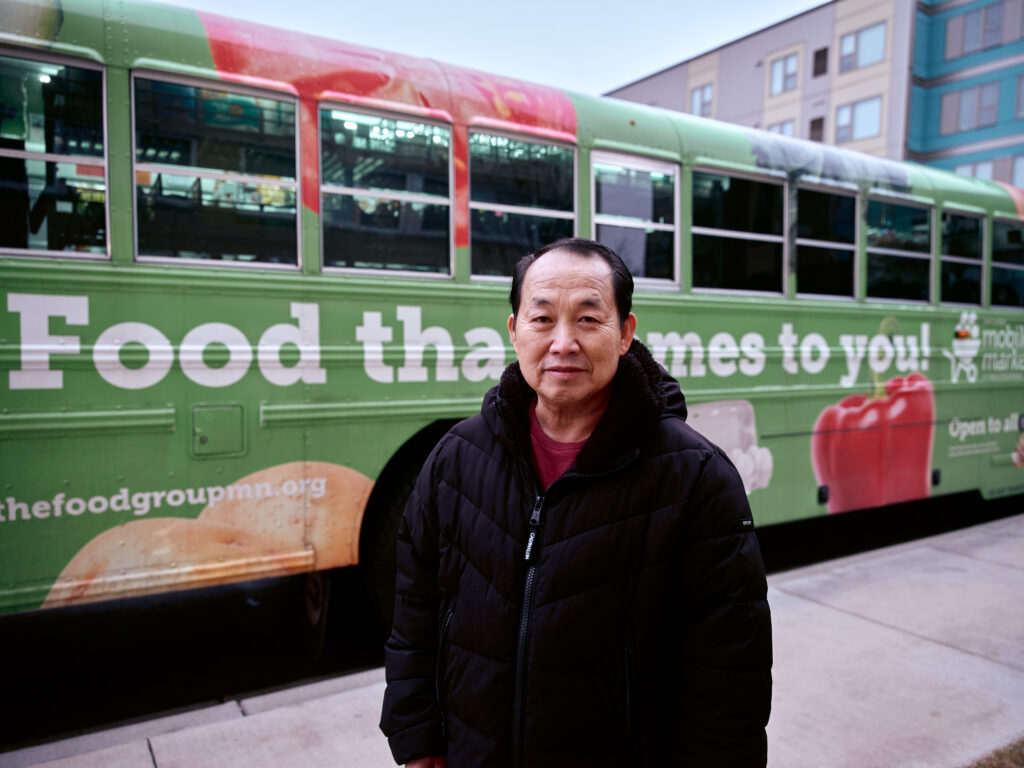
The Food Group has also seen significant increases in participation in our affordable grocery programs in 2025, Twin Cities Mobile Market (TCMM) and Fare for All (FFA). The number of transactions jumped by 20% at TCMM and 9% at FFA sites.
Housing costs have also increased, making it difficult for low-income Minnesotans to stay housed and afford food.
Al commented: “At our Blaine location, a drive-thru model, a lot of people are homeless and living out of their car.” Bernice is seeing the same trend in Douglas County, where there’s a housing shortage and prices are unattainable.
SNAP Cuts and Shutdown Strain Minnesota’s Food System
The largest cut to federal food assistance in history passed this year—just as need reached an all-time high. 32,000 Minnesota families and seniors are now at risk of losing some or all food support.

Reductions to food support mean one less lifeline for people like Viola, a resident of an assisted living facility in Saint Paul. Viola’s monthly SNAP benefits help her stretch her limited resources at The Food Group’s affordable grocery program, Twin Cities Mobile Market.
The Food Group is also tracking the ongoing impact of the federal government shutdown. Half a million Minnesotans received delayed SNAP support in November. The resulting need has driven even more Minnesotans to food shelves and put even more strain on our hunger relief system.
Less Free Food Available
At the same time, food banks like The Food Group and our partner food shelves are facing unprecedented cuts to federal hunger relief programs and fewer in-kind donations from retailers and producers. At The Food Group’s regional food shelf meetings this year, one partner agency shared: “the unknown about funding cuts to us and our shoppers is overwhelming.”
The Food Group has seen a 32% drop in free food available to our hunger relief partners, with the heaviest reductions in nutrition-packed staples like meat, dairy, and vegetables. Ultimately, this means less free food and less food for families in need.
How We’re Responding
The Food Group is committed to creating food for today and change for tomorrow. That vision requires innovative programs and diverse partnerships.
Food for Today
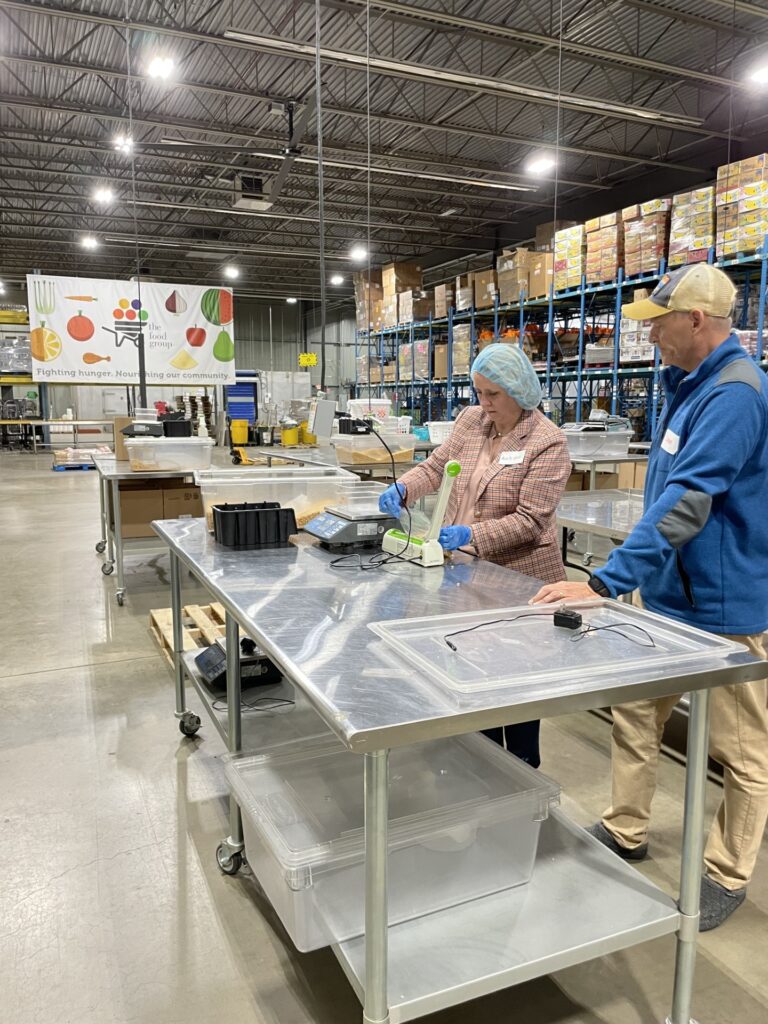
We work with more than 200 food shelves and hunger-fighting agencies to supply free and affordable food to community. We’re moving quickly to meet rising need statewide while also staying true to our values and providing nutritious, culturally connected food to our community. Our Minnesota Food Helpline is on the frontlines, connecting callers with immediate and long-term food support. Our affordable grocery programs are another critical resource helping Minnesotans stretch their dollars and access affordable, nutritious food.
Change for Tomorrow
The Food Group is fighting for programs and policies that provide real, long-term solutions to hunger. We’re also continuing to innovate and invest in tomorrow’s food system by partnering with local growers and providing education, resources, and land access for emerging farmers through our Incubator Program and Agrisolar Farm in Big Lake.
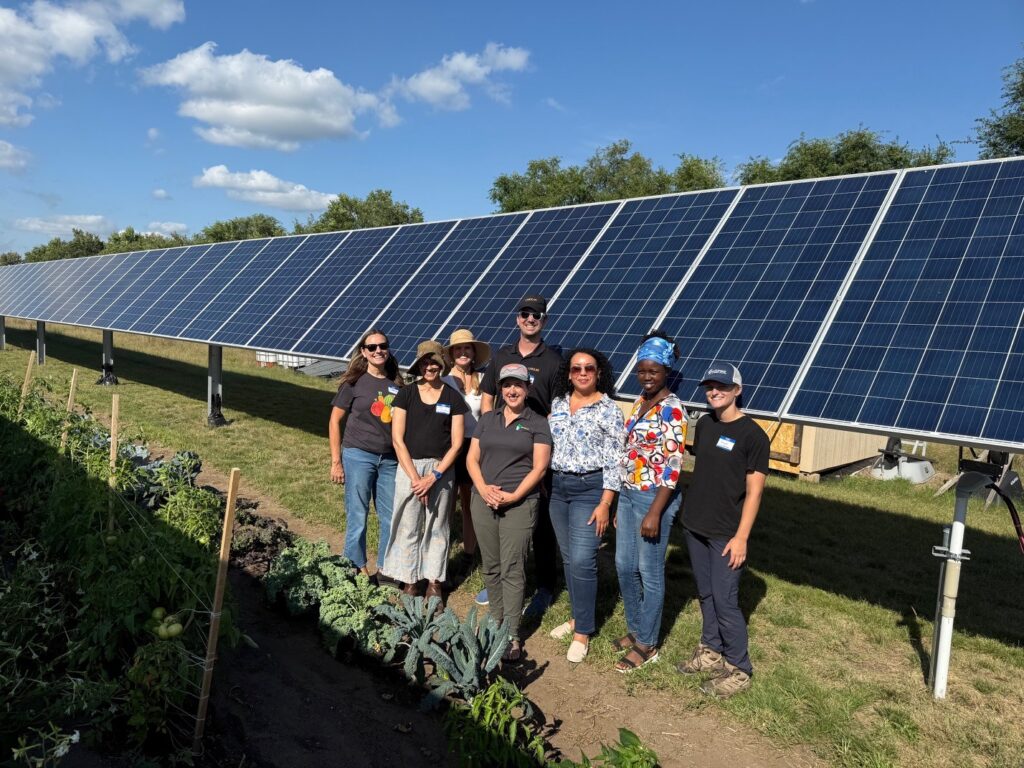
Toward A Hunger Free Minnesota

The Food Group is proud to labor alongside donors, volunteers, partners, and community members toward a hunger-free Minnesota. Together, we’re delivering food to those who need it most right now while boldly envisioning a more equitable food system for the future.


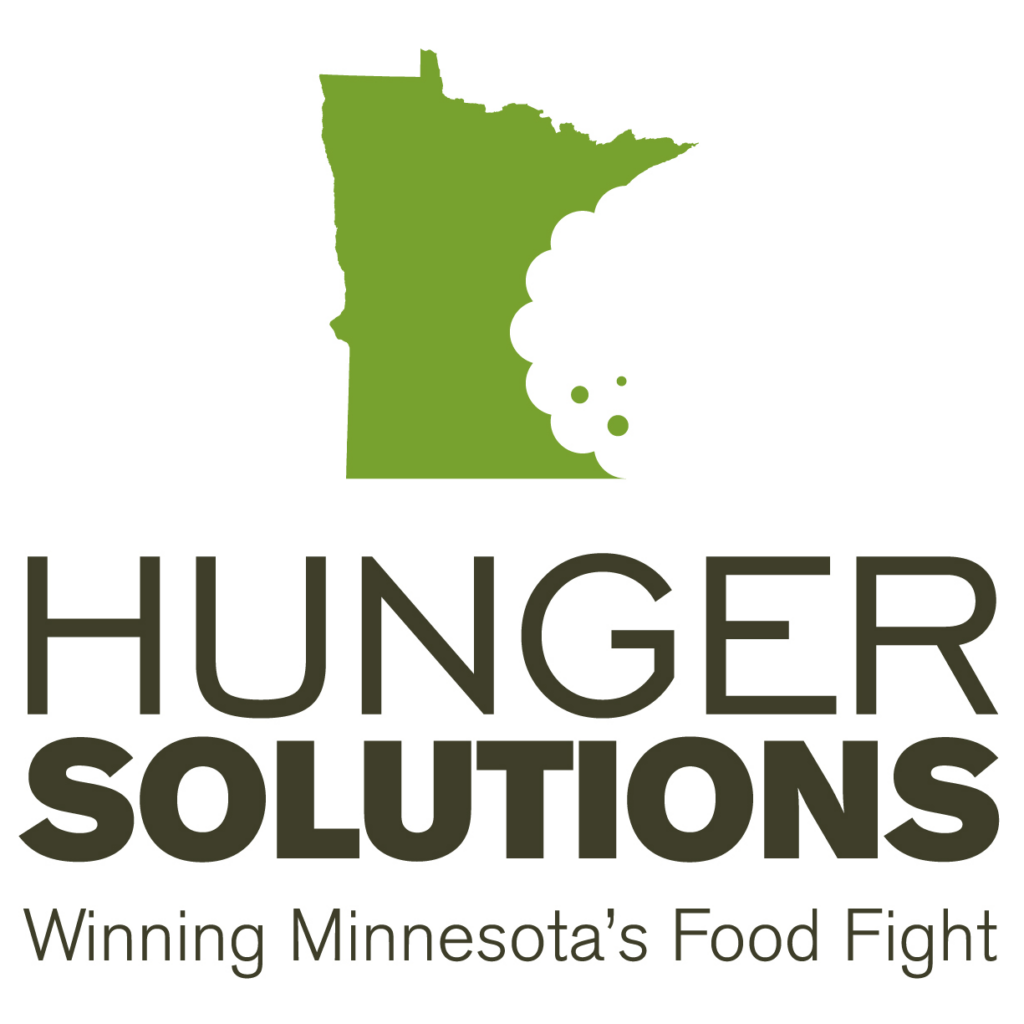
You must be logged in to post a comment.